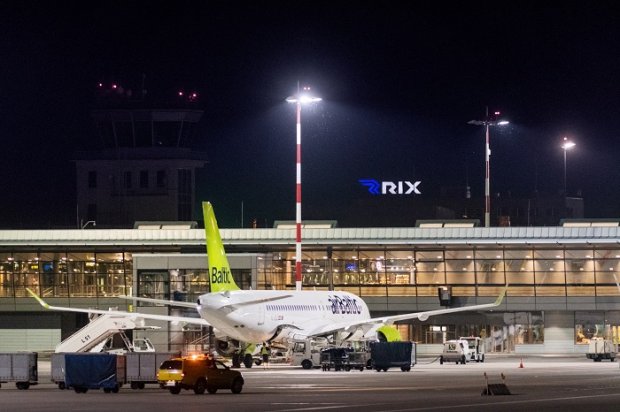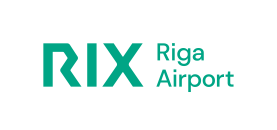Riga Airport Closes the Year with a Significant Increase in Its Passenger and Cargo Figures

Statistical data on the last year’s performance show that Riga International Airport has closed the year 2017 with a significant growth in the number of passengers and air cargoes, serving half of the total amount of passengers and cargo in the Baltic States.
Reaching a new record, Riga Airport handled 6 097 765 passengers in 2017, which is 12.9% more than in 2016. Airport's cargo volumes have grown by almost a third, accounting for 51% of the Baltic air cargo market.
“Analysing last year's data, I am particularly satisfied with the strategically important increase in the number of transit passengers, which peaked in December last year, rising by almost 40%. The average share of transit passengers last year accounted for 29%, and it is an increase of more than 20% as compared to 2016. The number of direct passengers also grew by 11.6%. The aviation industry is developing in the entire region. Passenger numbers at Baltic airports witnessed a growth of 12.5%, last year reaching 13.7 million passengers,” says Ilona Līce, Chairperson of the Board of Riga International Airport.
Monthly breakdown shows that the largest number of passengers were handled in July when 646 268 passengers chose Riga Airport for their journey. On average more than half a million passengers are handled per month. Of the total number of passengers, 53.3% were carried by the national airline airBaltic, 15.7% - by the Irish low-cost airline Ryanair, and 9.1% - by the Hungarian low-cost airline WizzAir.
London, Moscow, and Frankfurt were the most popular destinations in 2017. A growth of 11.5% was recorded in services to Moscow. It is related to the increase of transfer passengers of 18.3%, and of direct passengers - of 9.1%. Tallinn, Vilnius, Moscow, Helsinki, and St. Petersburg were the most popular transit destinations through Riga Airport.
With cargo volumes going up by 29.2%, the Airport also managed to expand its air cargo market in 2017. It was facilitated by both the first scheduled cargo route in the Baltics launched by Turkish Cargo, as well as by the successful cooperation project of SJSC “Latvijas Pasts” and the e-commerce giant Alibaba, which resulted in mail cargo from China being handled at the Airport.
To increase passenger comfort, in 2017 the Airport focused on the improvement of its passenger terminal: a new ventilation system was installed in the check-in hall, security controls area was significantly expanded, and new chairs were purchased for the waiting areas and boarding gates. Airport's new shopping, entertainment and service opportunities were most appreciated by passengers. After extensive redevelopment, the Airport has a new, spacious business lounge, various shops, and cafés, as well as some brand new services: a SPA and beauty salon, and even a barbershop.
A total of almost 20 new destinations were opened in 2017 from Riga Airport; a number of airlines have already announced new routes for the next year - Lisbon, Kutaisi, Gdansk, Bordeaux, Malaga, and others.
In 2018 and coming years, Riga Airport will continue development of the terminal building, expanding the passenger check-in hall, the baggage claim, and sorting areas, security controls area, as well as constructing of a multi-storey car park and connection to the “Rail Baltica” Riga Airport station. As reported before, the memorandum signed by “Rail Baltica” project promoter “Eiropas Dzelzceļa Līnijas” and Riga International Airport provides that construction of “Rail Baltica” RIX station and its full integration within the Airport territory is completed by 2023.
At the same time, Stage 2 of the Cohesion Fund project is being implemented to improve security of civil aviation at the Airport: to construct a landing area for emergency medical aid and search helicopters (helipad), and acquire explosive detection system equipment. With support of the Cohesion Fund it is also planned to implement measures for the improvement of Airport’s economic activity: to construct a rapid exit way and modernise taxiways, reconstruct access roads of aerodrome landside area, reconstruct the technical service building, as well as modernise the rainwater drainage system and lighting infrastructure.


